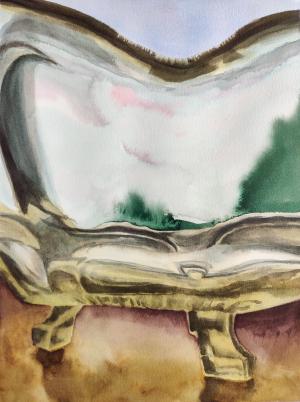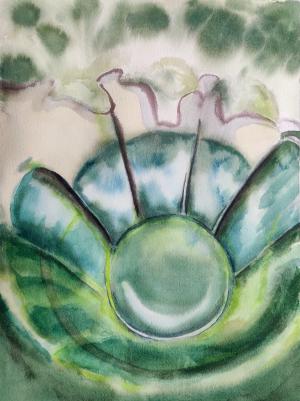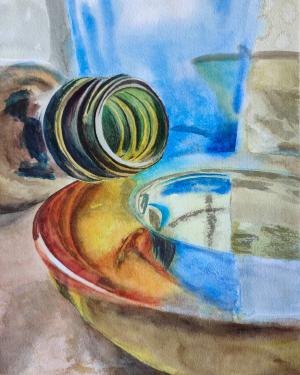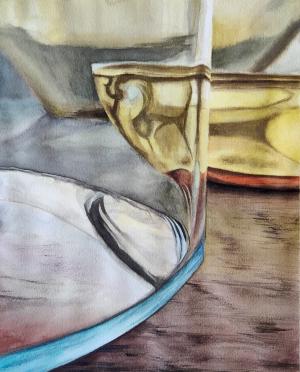Transparency
I have been thinking a lot about the idea of transparency recently. Things that are transparent are often made of thin and fragile material, and so they can be nearly invisible and overlooked. It’s rare to look directly at the pane of glass in a window. It’s only when it becomes dirty or breaks that it’s noticed.
In contrast, to be transparent in a personal relationship is to be truly seen, the exact opposite of being overlooked.
Being seen as ourselves puts us in an extremely vulnerable position. Our flaws, our patterns, even our strengths can be hard to see reflected back at us. It requires a lot of trust to let someone see past the self that we choose to project into the world, but this transparency can then become a foundation of strength and refuge. This sort of transparency leads to a robustness that is absent in the delicate stem of a crystal wine glass.
If being seen isn’t safe or consensual, it is a scrutiny and a violation – the panopticon has no solid walls. Transparency in politics is a foundation for trustworthiness and accountability – the German parliament is made of all glass. Who is the observer, and who has the power?
In this series, I’m interested in exploring the small scale, the intimate. Glass objects arranged as in a still life will reflect the colours of their interlocutors. A blue vase viewed through a brown bottle will appear green. A straight line will appear curved, a shadow on a surface will become a pattern of lines. Complexity emerges from the conversation of transparent parts. Playing with the edge of abstraction, forms are reduced to just colour, but crisp lines remain as an anchor to reality.
As I write this, I’m half done the series. Eight more (plus or minus) paintings to go, and I have lots more ideas to explore.
See the series in the gallery.
Previous Next


